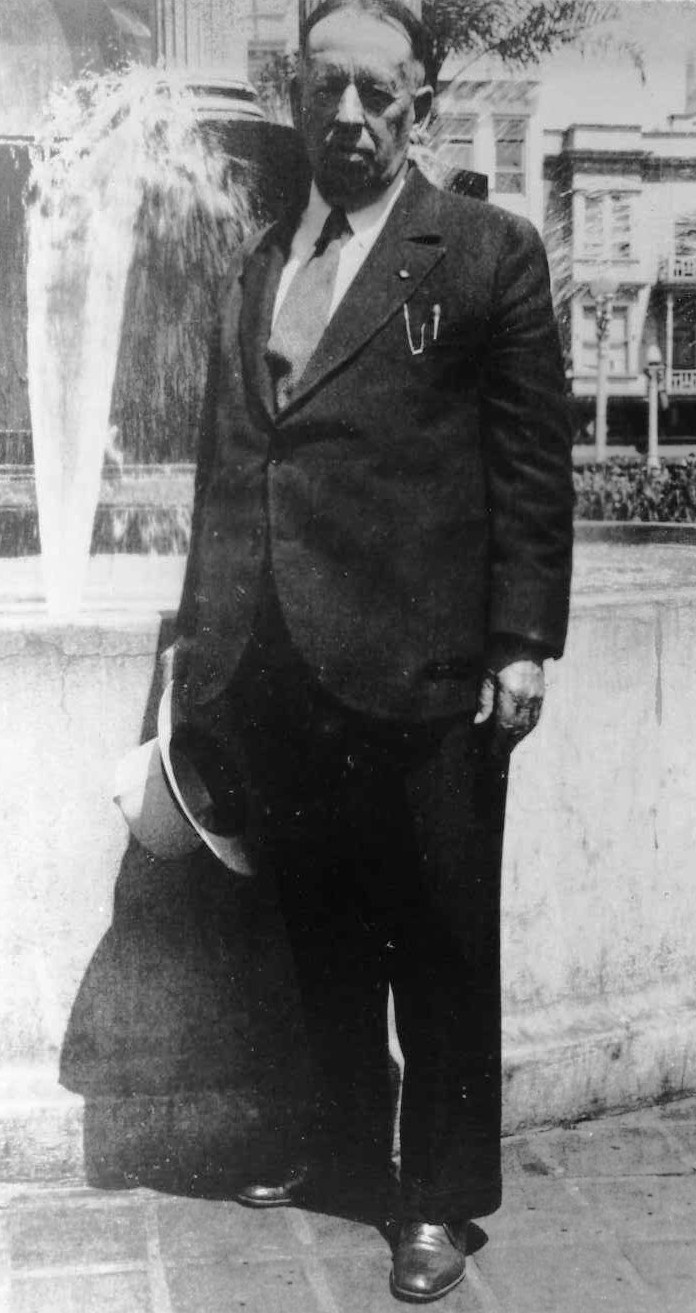CHIEF JOSEPH E. STEER
SDPD 01/10/1917 - 05/04/1917
02/22/1864 - 05/30/1948
Born in Iowa on February 22, 1864, Joseph Steer was a local businessman with no police experience. The council rationalized a successful businessman would have no problem administering the police department.
On January 17th he was sworn in as Keno Wilson’s replacement. The experiment would last a grand total of 60-days before Steer was fired. The official reason was he didn’t fit the mold of what the council was looking for. In reality Steer had his own ideas about how the department should be run. Being free from City Hall influence was one of them. With the firing of Steer, the council was in no rush to appoint another chief only to turn around and see him fired by the Mayor and or vice versa. With that, the second in command, James Patrick was appointed as interim chief.
Within days of Patrick taking office, the council hired internationally recognized police reformer and Berkley police chief, August Vollmer to conduct an independent audit of the department and its efficiency.
Weeks later Vollmer issued a report stating officers should be given mandatory schooling and paid accordingly. Additionally, the city needed to completely refurbish the jail and build a new headquarters to house the rapidly growing department.
To pay for it Vollmer recommended cutting the number of sworn officers from 120 to 54. Lastly, Vollmer reported in order to effectively run the department it should be free of political influence.
The council’s reaction to the report was outrage. It had taken many years to get the department staffing to over 100 officers and they wouldn’t consider making such drastic cuts. Further, to train officers as professionals and build a new headquarters would cost money the city was simply not willing to spend. As a result, those two issues would be put on the shelf for more than 20 years. The suggestion of a refurbished jail was completely dismissed. The issue of political influence shaping the department wasn’t even addressed.


THE THIN BLUE LINE